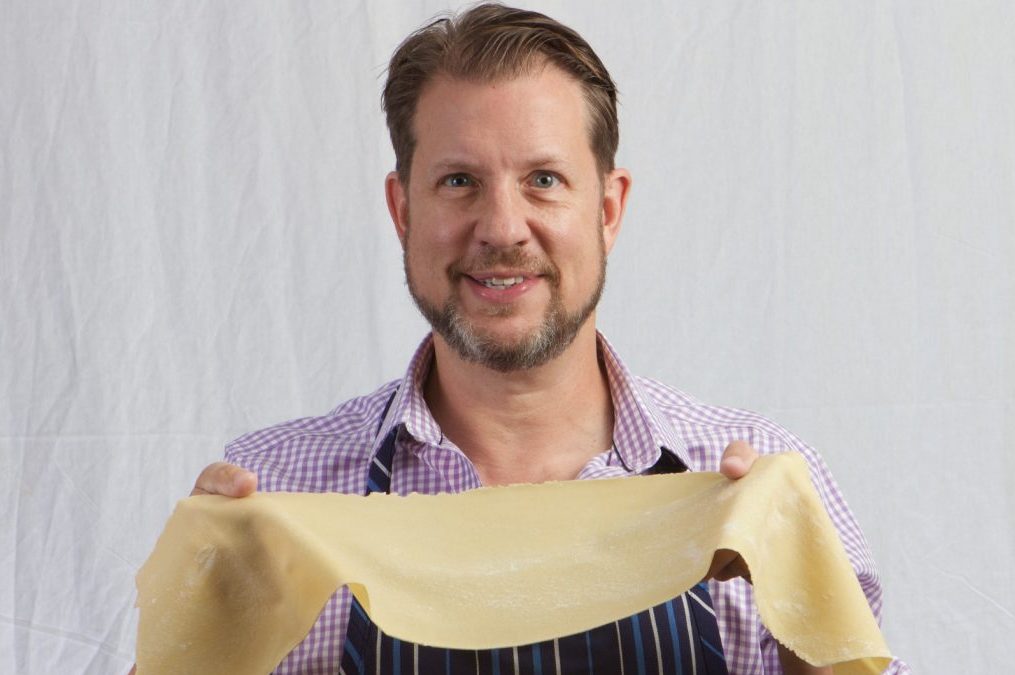To the casual chef, there are seemingly endless varieties of pasta. Although the core components of each type are similar, the ways in which they can be prepared are diverse. Knowing what pasta type best suits a dish can improve meal creativity and rejuvenate the convenience of pasta.
Spaghetti
The most well known pasta variety is spaghetti. This pasta is comprised of thin strands and can be found in most restaurants and homes. It is a both quick and satisfying dinner, and has become a staple for many people due to its versatility.
Ravioli
Perhaps the second most well known pasta is ravioli. Ravioli consists of a small pasta pocket that is filled with the filling of your choice. Much like spaghetti, ravioli is very versatile and can be used in many dishes.
Linguine
Although similar to spaghetti, linguine is made up of flat, thick strands. Often it is used in seafood based dishes.
Lasagna
Much like ravioli, lasagna contains a filling of your choice between two layers of pasta. Lasagna is initially cut into flat rectangular sheets and is baked after it has been cooked.
Bucatini
At its surface, bucatini is similar in appearance to spaghetti. However, it has a key difference. Bucatini contains a hollow passage that runs along its length. This allows sauces to permeate the pasta and increase flavor.
Penne
Penne also contains a hole through its center, but this pasta is considerably shorter than bucatini. It is cut at an angle and has ridges that allows the penne to accumulate more sauce.
Rigatoni
Rigatoni is another tubular pasta. The hole in the center is typically larger than that of penne and it is not cut at an angle, but typically also has ridges to help pick up more sauce.
Orzo
Orzo is a small, grain shaped pasta. It is commonly found in soups and pasta mixes.
Shells
With their conical shape, shells can be lightly stuffed with cheese or sauce and have become another household staple.
Although often only used for simple meals, the variety of pasta can be used for new and exciting meals.

